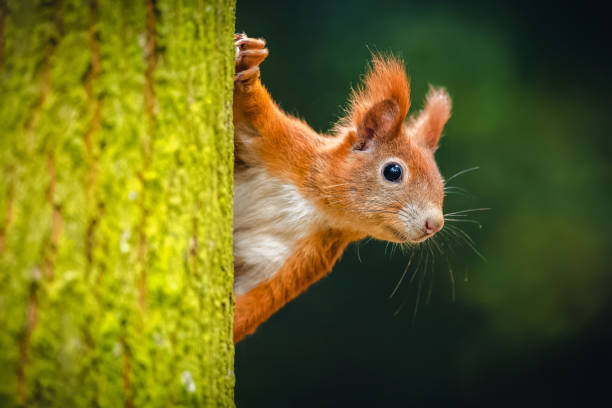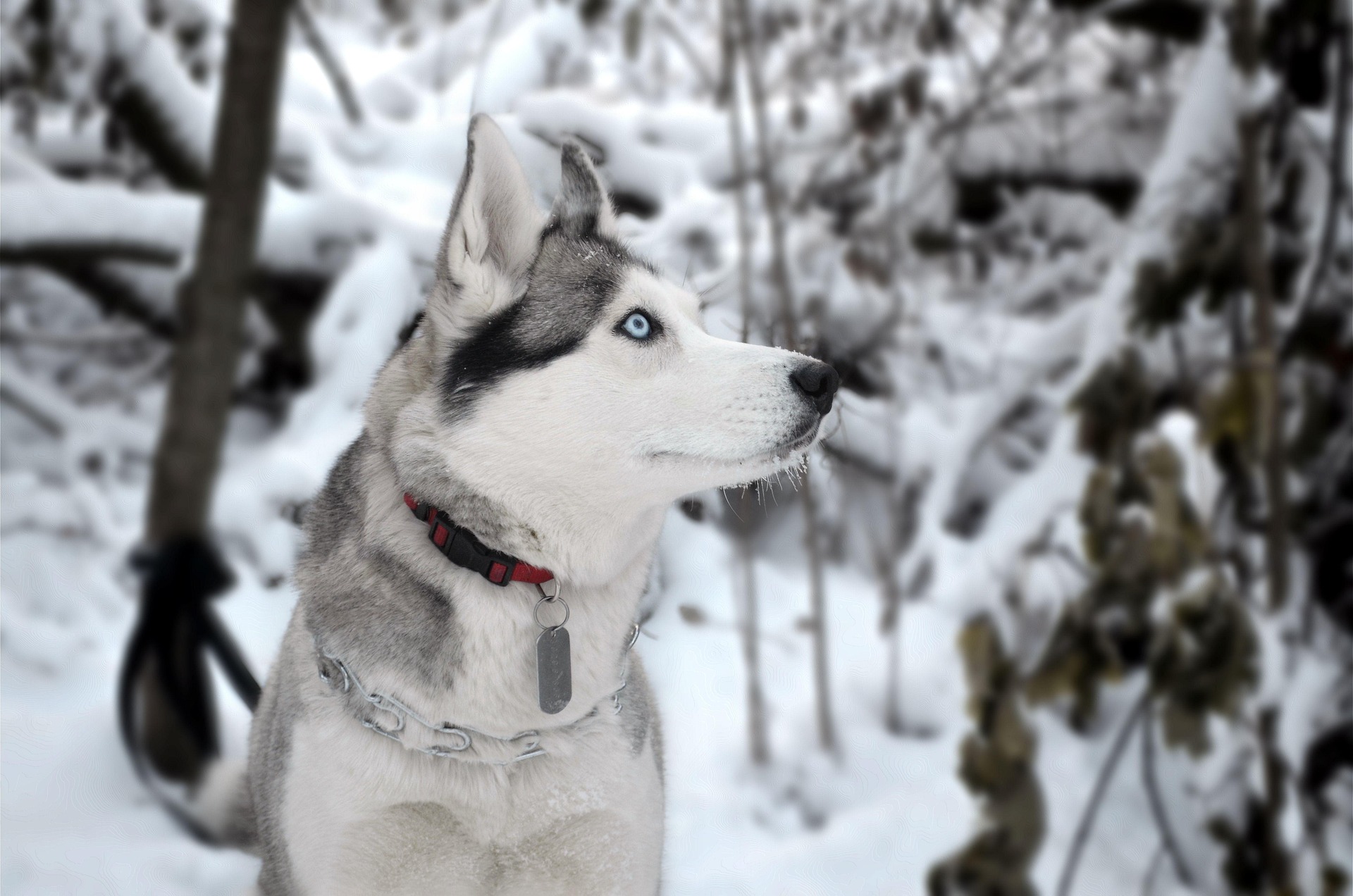Reimagining Urban Wildlife: The Squirrel's Adaptation Story
Introduction: As you sip your morning coffee and glance out the window, chances are you'll spot a squirrel bounding along a tree branch or foraging in your garden. Let's dive into the fascinating story of these agile acrobats, their survival in urban environments, and their unique adaptations that make city living possible for them.

The Historical Journey of Squirrels
Squirrels belong to the Sciuridae family, a species-rich group that includes marmots, chipmunks, and prairie dogs. Native to every continent except Australia and Antarctica, the first fossil evidence of squirrels dates back to the Eocene epoch, some 40 million years ago. Historically, squirrels lived in expansive forests and woodlands, but the rise of urban environments saw these creatures adapt in unique ways.
Urbanization: A New Habitat
The industrial revolution and subsequent urbanization significantly shrank the natural habitats of squirrels. Yet, instead of becoming extinct, squirrels learned to adapt to the urban jungle. They learned to navigate electrical wires as though they were tree branches, make nests in attics, and forage in garbage bins. These adaptations, coupled with their ability to survive on a diverse diet, enabled squirrels to thrive in cities.
The Squirrel’s Impact on Urban Ecosystems
Squirrels play a crucial role in urban ecosystems. As scatter-hoarders, they bury nuts and seeds in the ground, often forgetting about them. This leads to the growth of new plants and trees, aiding in urban reforestation. However, their presence also poses challenges, as their aggressive foraging can damage property and their rapid reproduction can lead to overpopulation.
The Squirrel Market: Products and Trends
The growing presence of squirrels in urban areas has led to the development of a niche market for squirrel-related products. From squirrel-proof bird feeders to humane live traps, the estimated price range varies widely. While some items are inexpensive, such as squirrel feed at around $10, others like high-end squirrel-proof feeders can cost upwards of $100.
Current News and Future Perspectives
Presently, researchers are studying squirrel behavior to understand how urbanization affects wildlife. Observations reveal that city squirrels are more bold and innovative compared to their forest counterparts, suggesting that urban living may be driving rapid evolutionary changes in these animals. As we continue to encroach on natural habitats, understanding these adaptations can help create sustainable urban environments that co-exist harmoniously with wildlife.
In conclusion, squirrels exemplify nature’s resilience and adaptability in the face of rapid urbanization. As we redefine our relationship with the urban wildlife around us, let us appreciate these furry acrobats for their remarkable survival story.




